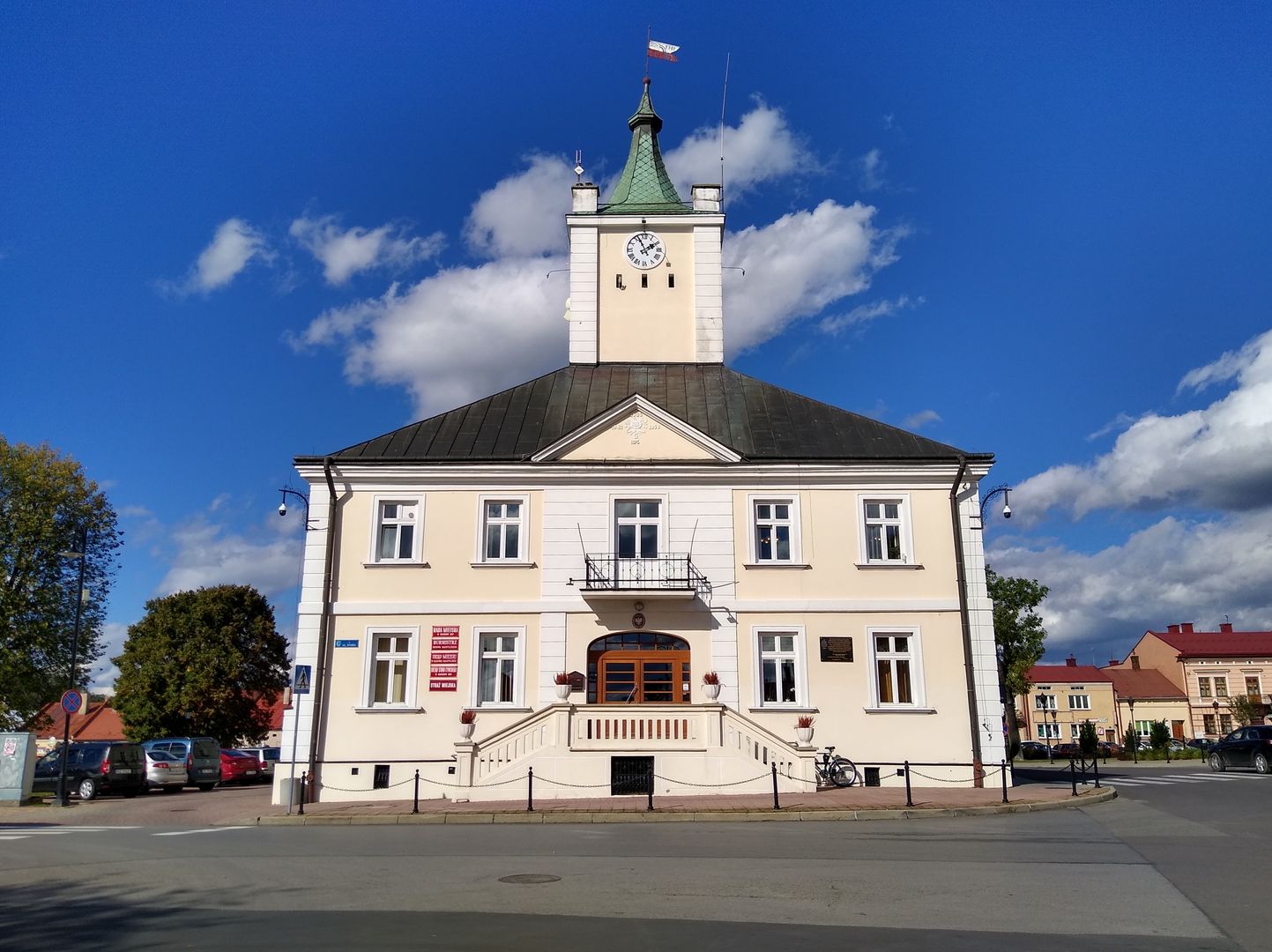Głogów Małopolski
7.18

Overview
Głogów Małopolski, located in the Podkarpackie Voivodeship, is a town with a rich history dating back to 1570, when it was founded by Krzysztof Głowa. Situated at the junction of the Lasowiacy and Rzeszów regions, the town was designed with a modern urban layout, featuring a square market square and designated areas for various types of buildings. Over the years, it came into the possession of Mikołaj Spytek Ligęza, who developed the town by constructing a church and a town hall. During the rule of the Lubomirski family in the 18th century, the town experienced a period of prosperity, though wars and conflicts later led to its decline.
In the 19th century, Głogów Małopolski gained importance as a center for surrounding villages, and after World War I, it became a bedroom community for Rzeszów. The German occupation brought tragic events, including mass executions of Jews. After the war, as a result of administrative changes, the town adopted its current name and began to develop further, with the construction of a new fire station and an elementary school.
Today, Głogów Małopolski has approximately 10,000 residents and is the largest town in the Rzeszów County. Its economy is primarily based on local businesses and commuting to Rzeszów. The town is home to various religious sites, educational institutions, and cultural venues such as the Municipal Cultural Center and a library. Głogów is known for organizing numerous cultural events, including the annual "Dni Głogowa" (Głogów Days), which attract many artists.
Local landmarks, such as the market square, churches, and 18th- and 19th-century houses, contribute to the town’s charm. Surrounded by beautiful forested areas and recreational reservoirs, Głogów offers opportunities for outdoor activities, including hiking trails and sports facilities. While football is particularly popular, the town also provides various other forms of recreation.
Combining a rich history with modern social and cultural life, Głogów Małopolski is a noteworthy destination in the Podkarpacie region.
Location
You can also find here:
2025 Wizytor | All Rights Reserved
